Dagang Tree
- November 8, 2024
- 0 comment
The Philippine Dagang Tree, scientifically known as Anisoptera aurea, is a significant member of the Dipterocarpaceae family. This tree plays a critical role in its native ecosystems, contributing to soil stabilization, enhancing biodiversity, and supporting wildlife.

It is valued for its ecological benefits and its role in sustaining healthy forest environments in the Philippines.
What Is a Philippine Dagang Tree?
The Philippine Dagang Tree is a majestic hardwood species known for its impressive size and dense canopy. It belongs to the genus Anisoptera within the Dipterocarpaceae family, which includes many tropical hardwood trees prevalent in Southeast Asia. The tree can reach towering heights of up to 50-70 meters, with a trunk that boasts a large girth. Its bark is typically rough and dark, while its leaves are elongated, glossy green, and leathery in texture.
| Characteristics | Description |
|---|---|
| Species | Dagang Tree (Anisoptera aurea) |
| Common Names | Philippine Dagang Tree |
| Lifespan | Can live for several decades |
| Location | Native to Southeast Asia, especially in the Philippines |
| Height | Typically grows up to 50-70 meters |
| Leaves | Glossy, elongated, and dark green |
| Flowers | Small, pale yellow to white, fragrant |
| Ecological Role | Enhances soil quality, prevents erosion, supports biodiversity |
| Cultural Importance | Valued for environmental conservation and local traditions |
| Adaptability | Thrives in tropical, humid climates and well-drained soil |
| Wildlife Support | Provides food and shelter for birds, insects, and mammals |
| Economic Use | Wood used for construction; contributes to ecosystem services |
| Pollination | Attracts bees and insects, vital for pollination |
| Symbolic Meaning | Represents ecological balance and conservation |
- Interesting Fact: The tree’s wood is highly valued due to its strength and durability, making it a target for logging. However, conservation efforts are essential to protect this valuable species from overexploitation.
One of the unique characteristics of Anisoptera aurea is its resilience and ability to thrive in nutrient-poor soil. This adaptability allows it to play a pivotal role in forest ecosystems, contributing to soil health and acting as a stabilizer against erosion. The Dagang Tree’s lifespan can extend for several decades, with some specimens living for more than a century.
Different Types of Philippine Dagang Tree Species
The genus Anisoptera comprises various species, each with distinct attributes. Below are some notable examples:
Anisoptera Thurifera
Often referred to as the White Lauan, this species is similar in appearance but differs slightly in size and habitat preference.


Anisoptera Marginata
Known for its slightly smaller stature and unique bark patterns.
These species share ecological roles, such as aiding in carbon sequestration and providing habitats for many forest-dwelling creatures. Differences in leaf size, wood density, and growth rate set them apart, contributing to a diverse forest structure.
Where Do Philippine Dagang Trees Grow?
The Philippine Dagang Tree is primarily found in tropical lowland rainforests throughout the Philippines. These trees thrive in humid climates with significant rainfall and can grow at altitudes up to 1,000 meters. They favor well-drained, loamy soils but can adapt to less fertile conditions.
Adaptation Features:
- Deep root systems that secure the tree in place and help access groundwater.
- Thick bark that provides protection against pests and diseases.
The Dagang Tree plays a vital ecological role by acting as a canopy species, supporting undergrowth by moderating sunlight and rainfall distribution.
How to Grow and Care for a Philippine Dagang Tree
Growing the Philippine Dagang Tree requires specific conditions to ensure healthy development:

- Soil Type: Prefers loamy, well-draining soils rich in organic matter.
- Water Needs: Requires consistent moisture but should not be waterlogged.
- Sunlight: Thrives in full to partial sunlight.
Propagation can be done through seeds, which should be soaked in water for a few hours before planting. Germination typically takes a few weeks. Once planted, seedlings need protection from harsh weather and pests until they mature.
Ecological Benefits of the Philippine Dagang Tree
The Philippine Dagang Tree contributes significantly to its environment by:

- Enhancing Soil Quality: Its leaf litter decomposes to enrich the soil with nutrients.
- Preventing Erosion: Its robust root network holds soil firmly, preventing land degradation.
- Supporting Biodiversity: The tree provides shelter and food for various birds, mammals, and insects, which rely on it for survival.
Philippine Dagang Tree Flowering and Pollination
The tree produces clusters of small, inconspicuous flowers that vary from pale yellow to white. These blooms typically appear at the onset of the rainy season. The flowers attract a variety of pollinators, including bees and beetles, which play an essential role in the reproductive cycle of the tree.
Is the Philippine Dagang Tree Drought-Tolerant?
While the Philippine Dagang Tree thrives in moist environments, it possesses moderate drought resistance due to its deep roots. These roots allow it to tap into water reserves during drier seasons. However, prolonged droughts can affect its growth and overall health.
Tips for Drought-Prone Areas:
- Mulching: Helps retain soil moisture around the base of the tree.
- Deep Watering: Encourages the growth of deep roots for better water absorption.
Philippine Dagang Tree and Wildlife Interactions
The Dagang Tree is a cornerstone species within its habitat. Its branches and leaves offer refuge to birds, while its seeds provide food for rodents and other small mammals. Additionally, certain insects rely on its bark and leaves for sustenance. The tree thus supports a delicate balance within the ecosystem.
Symbiotic Relationships: Birds that nest in the Dagang Tree often help disperse its seeds, aiding in natural propagation and forest regeneration.
Conclusions
The Philippine Dagang Tree (Anisoptera aurea) is more than just a towering forest giant; it is a vital player in maintaining the health and stability of tropical ecosystems. By supporting biodiversity, enhancing soil health, and preventing erosion, this tree is crucial for environmental sustainability. Conservation efforts are essential to preserve the tree and its habitat for future generations, ensuring it continues to thrive and support the rich biodiversity of the Philippines.
Frequently Asked Questions (FAQs)
- What is the Philippine Dagang Tree?
It’s a tropical hardwood tree (Anisoptera aurea) native to Southeast Asia, particularly the Philippines. - What are the main characteristics of the Dagang Tree?
Tall (up to 70 meters), with glossy green leaves and small pale-yellow flowers. - Where does the Dagang Tree grow?
It thrives in tropical rainforests of the Philippines, preferring humid, well-drained soils. - How does the Dagang Tree benefit the environment?
It enhances soil quality, prevents erosion, and supports biodiversity by providing habitat and food. - Is the Dagang Tree used economically?
Yes, its wood is used for construction, and it plays a role in traditional practices. - What wildlife depends on the Dagang Tree?
Birds, insects, and small mammals use it for food and shelter. - How does the Dagang Tree reproduce?
Through pollination facilitated by bees and other insects attracted to its flowers. - Why is the Dagang Tree important for conservation?
It symbolizes ecological balance and is essential for maintaining forest ecosystems.


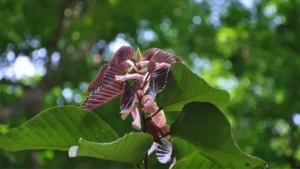
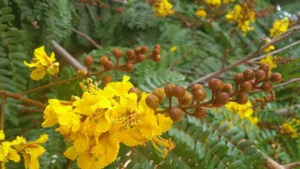
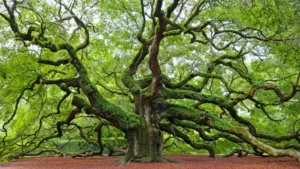

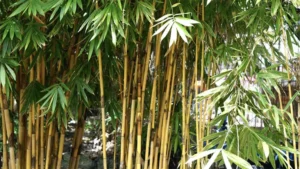
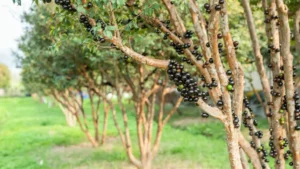
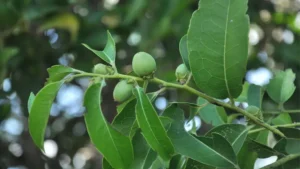
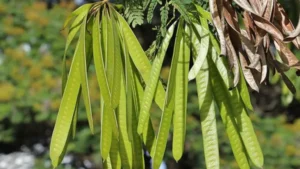
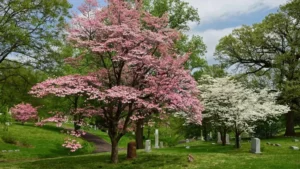
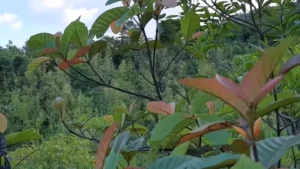

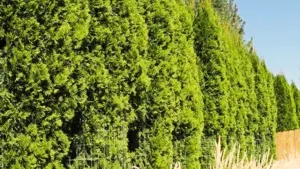
Leave your comment